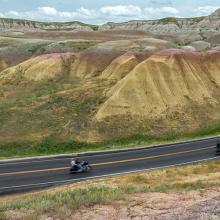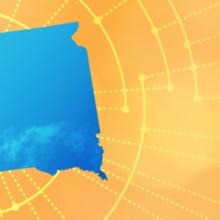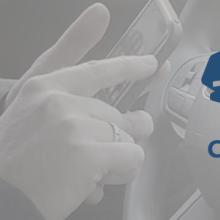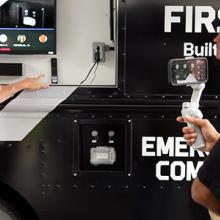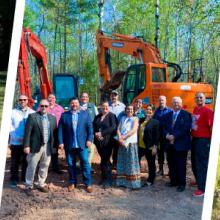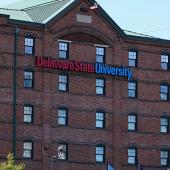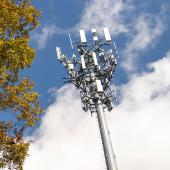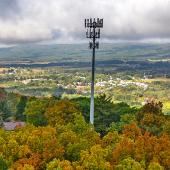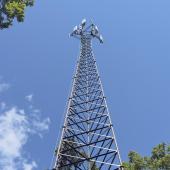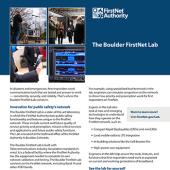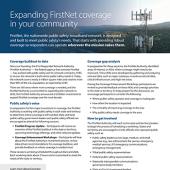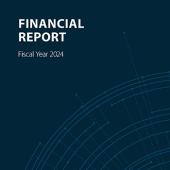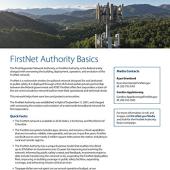Prairies, farmland, ranches, mountains, glacial lakes, and tribal lands cover South Dakota’s 77,000-plus square miles. This diverse geography can make communications and connections challenging for first responders in South Dakota. Events like the Sturgis Motorcycle Rally and national monuments like Mount Rushmore attract hundreds of thousands of visitors to the state each year, providing additional challenges for the state’s first responders.
The First Responder Network Authority team recognizes the unique communications challenges that South Dakota first responders face. We have been working closely with South Dakota public safety officials since 2014, capturing their feedback and translating it into the design of the FirstNet network. During the development of state deployment plans, our team worked hand-in-hand with South Dakota leaders to ensure the plan was customized to address their needs, including:
- Expanding rural and tribal coverage beyond what is currently available, including pipeline routes
- Offering affordable services to public safety across the state
- Delivering a network for public safety with increased geographical coverage, redundancy, and resiliency
Following this close collaboration, South Dakota chose to adopt the plan and “opt in” to FirstNet. Today, we continue to meet regularly with state and local officials to discuss their public safety broadband needs. Engagements like these are crucial to the ongoing success of the network and the advancement of public safety communications across the state and the nation.
Connect with our team of Public Safety Advisors to learn about FirstNet in your community.
South Dakota's FirstNet Authority Public Safety Advisor




